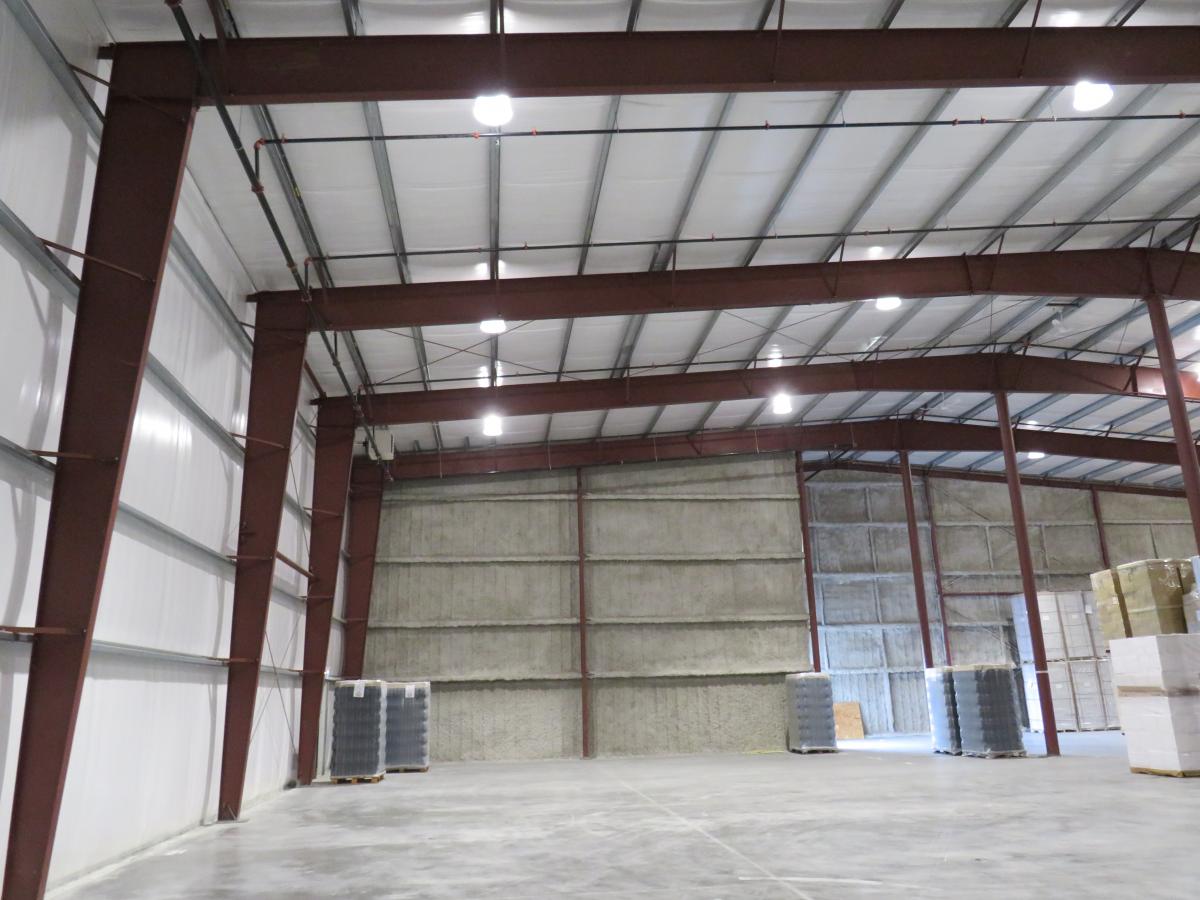What to Do When Your Metal Building Has Wet Insulation

Installing a vapour barrier is an excellent way to prevent moisture from seeping into your metal building insulation.
A sudden, unexpected rainstorm, a burst pipe, a leaky faucet or hose can all give you the same result in your metal buildings—wet insulation. But do not despair. All is not lost! Fibreglass and other insulating materials can be quite resilient. In most situations, you should be able to save the insulation in your prefab metal building. But first, let’s try and figure out why your insulation got wet in the first place and explore some ways to prevent moisture build-up.
It’s Good to Vent
We’ve all seen water condensing on the surface of a glass of iced tea. The same thing can happen in your metal building. Make sure your prefab metal building has good airflow, especially in the corners, nooks and crannies. Periodically check your walls and ceiling for damp spots, stains and mould. Excess condensation can also appear as de-laminated surfaces, blisters in asphalt surfaces, peeling paint, or damp insulation.
Keeping a robust exchange of air between the interior and exterior of your building will help prevent condensation. Several ways to induce airflow include:
- Opening a window
- Installing louvred screened vents on the walls and roof
- Running a fan
- Making sure all heat sources are vented outside
Installation is Key
Properly installed vapour barriers in your pre-engineered steel building will also prevent moisture build-up, which can lead to wet insulation. All windows, doors, foundation sills, and side/end laps should be thoroughly sealed.
Another way to fight wet insulation is through proper installation. In order for insulation to be effective in metal buildings, it needs to be continuous. If you’ve installed insulation just between metal studs, the gaps will allow water vapour to accumulate between the panels and seep into the insulation.
Seek out the Source
If despite taking preventative steps, you find your prefab metal building suffering from wet insulation, the first thing you need to do is to let it dry. Letting your insulation completely dry will improve its insulating properties and reduce mould or mildew growth. You can use fans and proper ventilation to help your insulation dry out.
Next, determine the source of the moisture contamination. If your insulation becomes wet from a clean source like rain or a fresh-water pipe leak, simply letting your insulation dry and return to its original thickness will also return the insulation to its initial R-Value.
If the moisture source comes from standing puddles or other dirty sources that contain leaves, oil, dirt, mud or junk—these contaminants leave behind residues that will inhibit the proper function of your insulation. Contaminated remnants are a breeding ground for mould and odours. In the case of contamination, it’s recommended that you replace the damaged insulation with new insulation, restoring your building to its proper R-Value and preventing further damage like rust and corrosion.
Wondering about metal building costs? Read our interview with Metal Structure Concepts owner Steve Ivanitz: Cost Factors for Pre-engineered Steel Buildings.
Metal Structure Concepts not only supplies and installs pre-engineered metal buildings around Western Canada, but we also offer maintenance, inspections, and repairs to existing buildings. Contact us for cost-effective solutions, including retrofits, renovations, and upgrades.